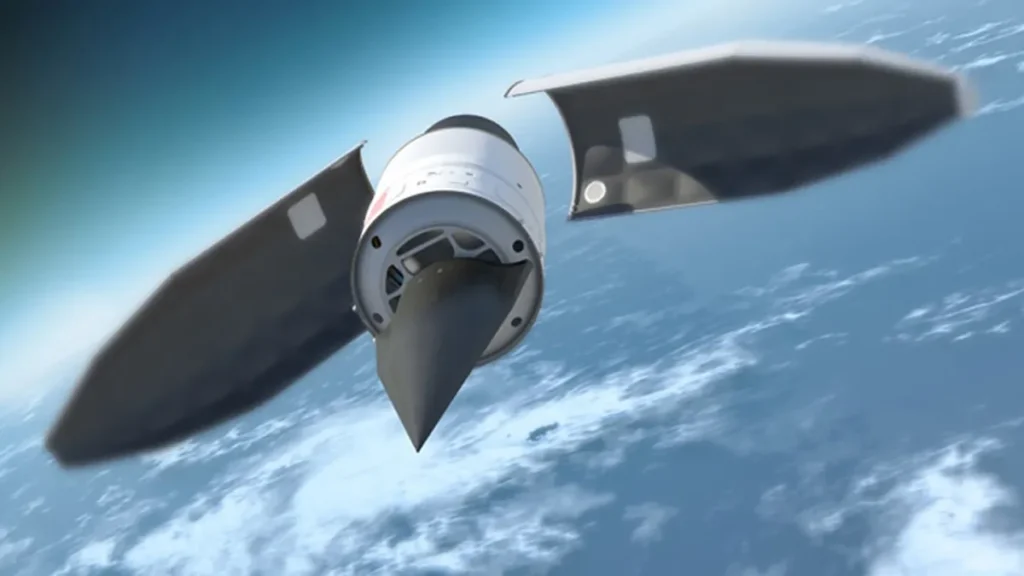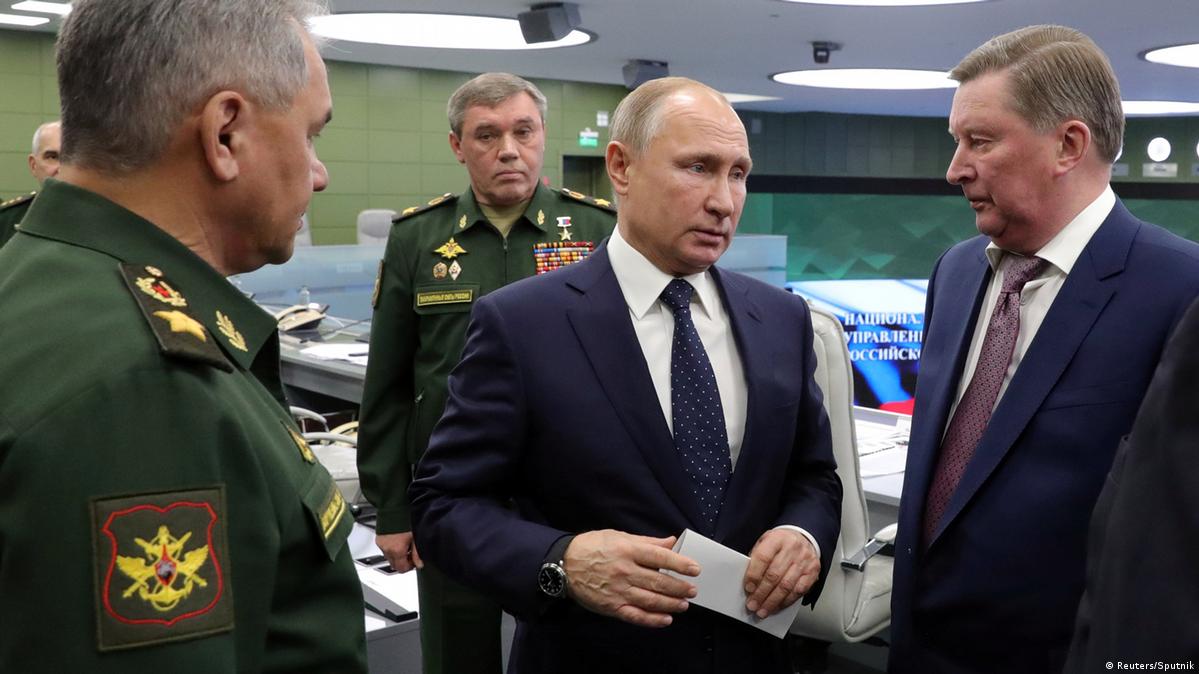In a display of military might that signals a new era in the arms race, Russia has positioned an intercontinental ballistic missile equipped with the Avangard hypersonic glide vehicle into a launch silo. This maneuver, occurring in the Orenburg region near Kazakhstan, was publicized through the Russian defence ministry’s TV channel, revealing a stark progression in the country’s arsenal capabilities. The Avangard system is described as a direct response to advancements in American missile defense, designed to penetrate such systems with its ability to maneuver at hypersonic speeds beyond the Mach 27 mark.

President Vladimir Putin has been vocal about the Avangard since its announcement in 2018, framing it as a necessity in the face of American military developments. The glide vehicle, capable of detaching from its rocket and operating outside of traditional ballistic trajectories, represents a strategic leap in missile technology. Its ability to travel at approximately 21,000 miles per hour endows it with unprecedented speed and maneuverability, raising concerns about the new levels of unpredictability it brings to global security dynamics.
The installation of the Avangard-equipped missile is not an isolated incident but rather a part of a broader narrative of arms control disintegration. The past few decades have seen the steady collapse of agreements that were established to curtail the Cold War arms race and the potential for nuclear conflict. In this vacuum, the world’s superpowers, including the United States, Russia, and China, have embarked on a quest to develop a new generation of weapons systems, among which hypersonic arms are a key focus.
This development comes at a time when global tensions are characterized by a complex interplay of competition and confrontation. The United States, casting China as its principal competitor and Russia as its foremost nation-state threat, views the present century as being defined by a fundamental struggle between democratic governance and authoritarian regimes. Meanwhile, Russia contends that the U.S. has long instigated global disorder while neglecting the interests of other nations, suggesting that American hegemony post-Cold War is on the decline.
The Avangard’s deployment raises critical questions about the future of international security and the existing global order. With the power to circumvent existing defense mechanisms, such weapons could potentially reshape strategic calculations and doctrines. As the world grapples with the implications of these advancements, the need for renewed dialogue on arms control and reduction becomes increasingly evident. The Avangard is a stark reminder of the delicate balance between national security and global stability, urging nations to navigate this new arms landscape with caution and foresight.
